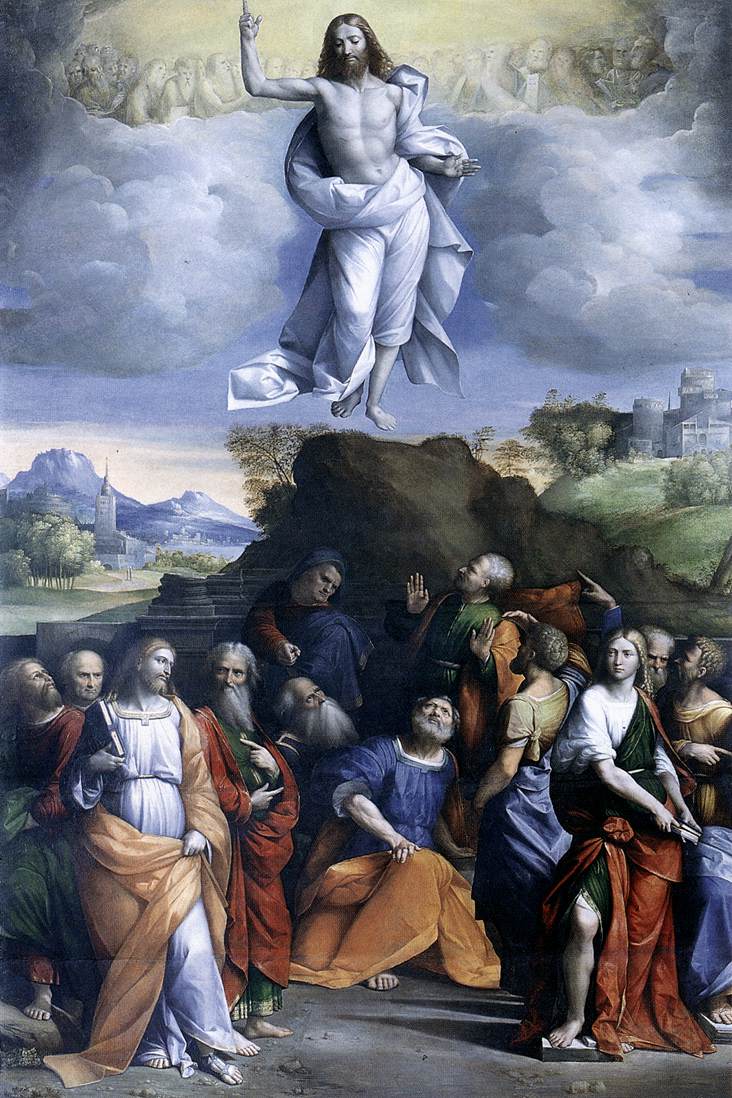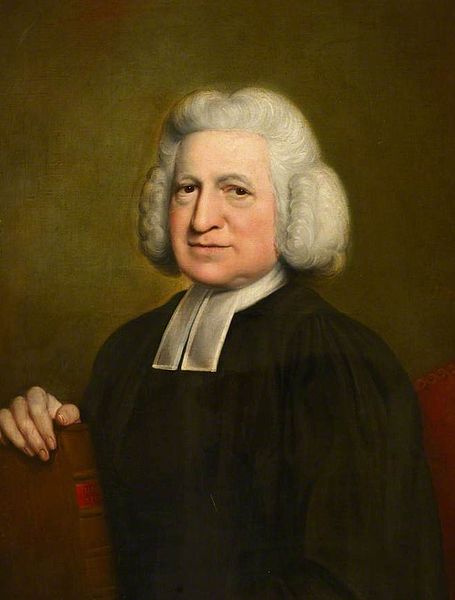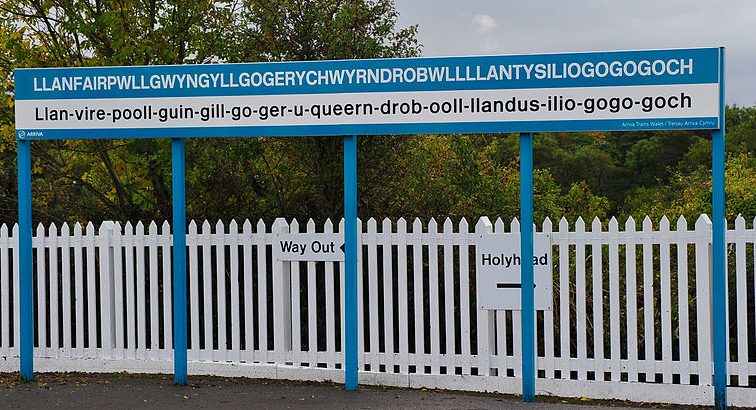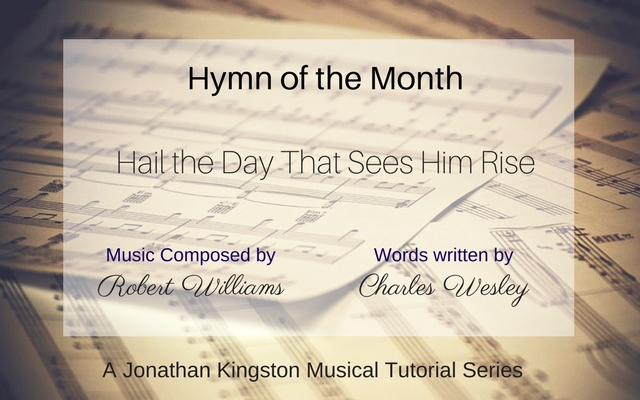
This month we present the hymn “Hail the Day That Sees Him Rise”, by the great hymn writer Charles Wesley (1707 – 1788). This hymn is usually sung to the Welsh tune LLANFAIR, attributed to Robert Williams (1782 – 1821), even though some historians have certain doubts about his authorship. This hymn was written for Ascension Day, but it is also suitable for any service with a theme of Christ’s royalty or sovereignty.
Charles Wesley is perhaps, taking both quantity and quality into consideration, one of the great hymn-writer of all ages. As a hymn-writer Charles Wesley was clearly unique and he is said to have written more than 6000 hymns in his time. Although not all of them of equal grandeur and merit there are many of them which can be deemed of the highest standard and excellence.

Wesley was born in Epworth, Lincolnshire, and was the son of Anglican cleric and poet Samuel and his wife Susanna. His older brother was the Methodist founder John Wesley. Charles was educated at Oxford, and formed the “Holy Club” among his fellow students in 1729. Charles followed his father and brother into the church in 1735, and travelled with John to Georgia in America, returning only a year later. In 1749, he married Sarah Gwynne, who accompanied the brothers on their evangelical journeys throughout Britain. He later died in London in 1788, and was buried in Marylebone churchyard.
A little bit less is known about the writer of the tune “Llanfair”. Robert Williams was a blind singer and basket weaver from the Isle of Anglesey in Wales who composed tunes and dictated them to a scribe. It is said that he could write out a tune after hearing it only once. The tune is said to be named after Williams’ home town and an abbreviated form for the name of a Welsh village with a very long name. “Llanfair” was first published in 1837 by John Parry in Peroriaeth Hyfryd (Sweet Music).

This is played on a custom built Envoy 23-S, which is a very popular church instrument.
More About Jonathan Kingston’s Musical Background
 Jonathan studied the organ with Professor Ian Tracey and Ian Wells of Liverpool’s Anglican Cathedral, home to one of the largest pipe organs in the world. He was appointed Organ Scholar, and subsequently Sub-Organist to Bradford Cathedral before securing positions as Assistant Director and Director of Music at two leading independent schools. He is currently Associate Director of Music at the Ordinariate Church of Our Lady of the Assumption, Piccadilly.
Jonathan studied the organ with Professor Ian Tracey and Ian Wells of Liverpool’s Anglican Cathedral, home to one of the largest pipe organs in the world. He was appointed Organ Scholar, and subsequently Sub-Organist to Bradford Cathedral before securing positions as Assistant Director and Director of Music at two leading independent schools. He is currently Associate Director of Music at the Ordinariate Church of Our Lady of the Assumption, Piccadilly.
Jonathan’s Work With Viscount
Jonathan works with us as our very own in house organist – he covers several areas from sales, demonstrations, voicing of instruments and performing. His playing features on the current promotional DVD material for Viscount, and he would be very pleased to hear from any churches or individuals requiring an engaging and lively recitalist. If you would like to connect with Jonathan directly, please feel free to follow him on Twitter (@jonkingston) or by email on jonkingston@hotmail.co.uk.
More About the Organ Being Played In This Demonstration
Jonathan plays this piece on an instrument based on our Envoy 23-S. A ‘Physical Modelling’ based instrument with 23 stops in a real wood veneer cabinet. It has a huge internal library allowing the user to create 4 totally individual voice pallets from classic English through Baroque and Romantic. It benefits from a full complement of divisional thumb pistons and additional toe pistons. The standard 23-S organ has a 30 note pedal board while the instrument in the film has a 32 note board. For more information have a look at the specifications here.
I have had a passion for church organs since the tender age of 12. I own and run Viscount Organs with a close attention to the detail that musicians appreciate; and a clear understanding of the benefits of digital technology and keeping to the traditional and emotional elements of organ playing.



